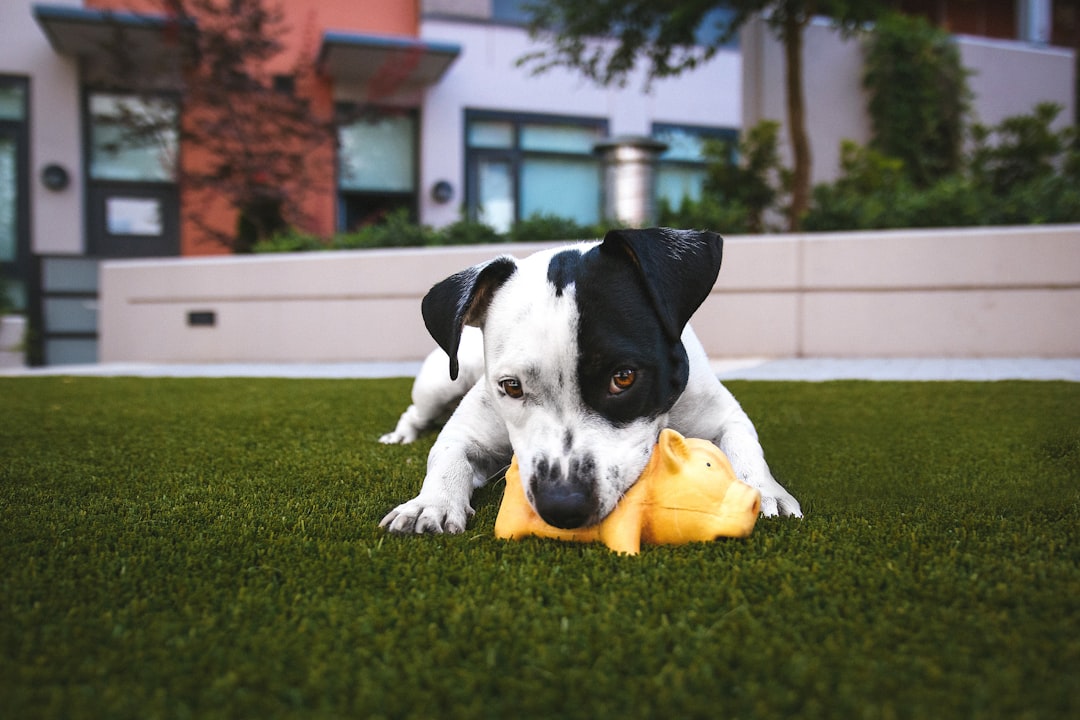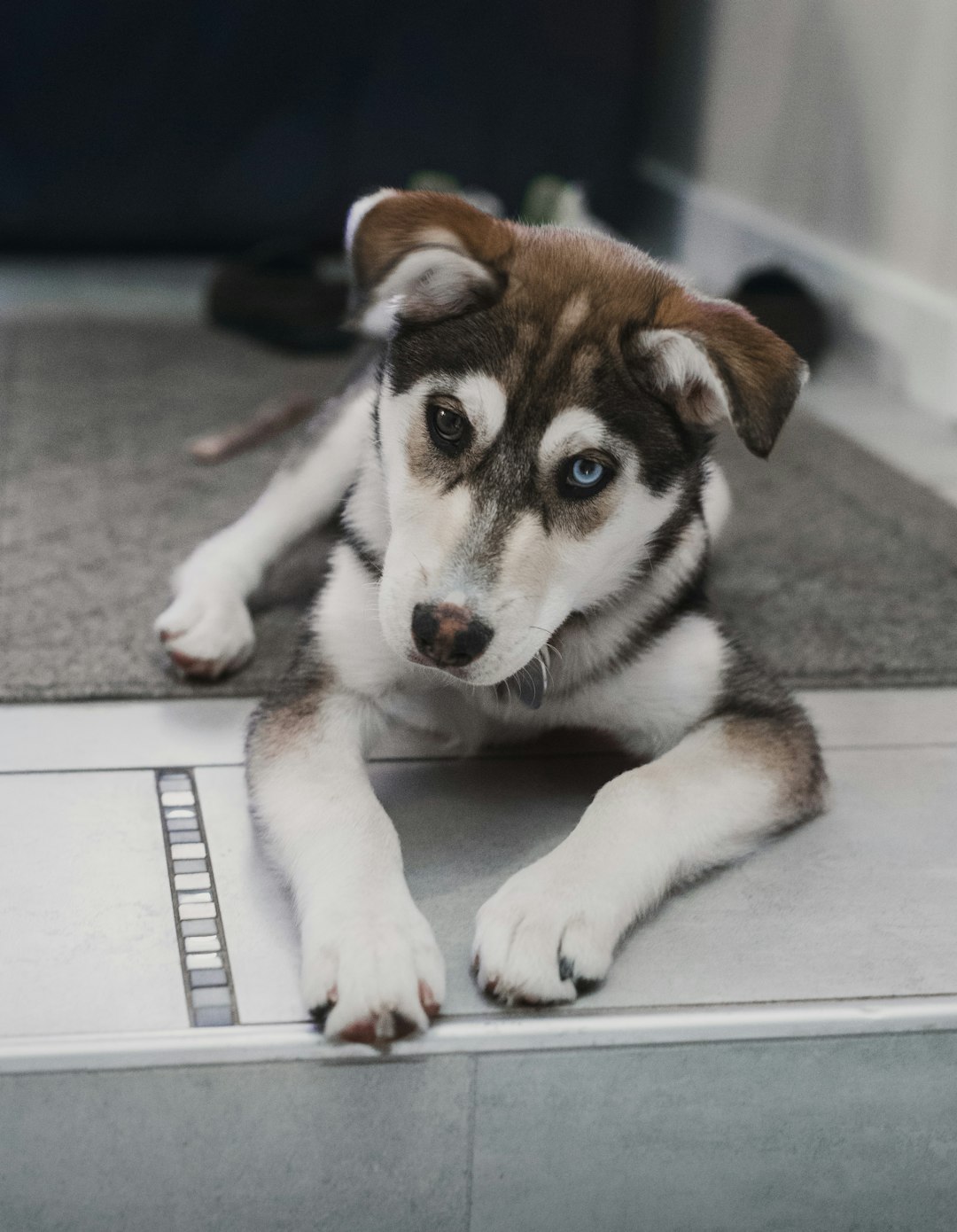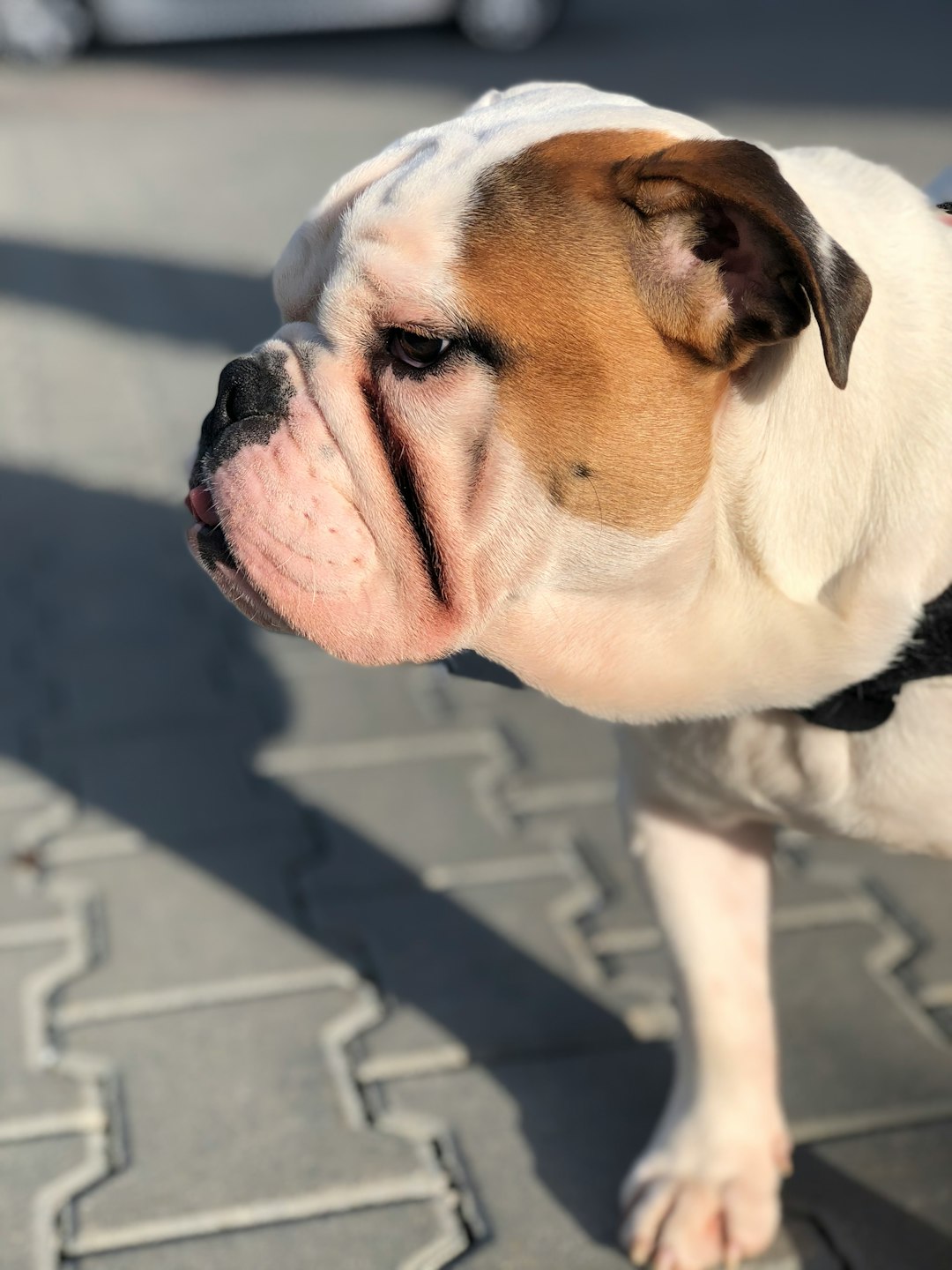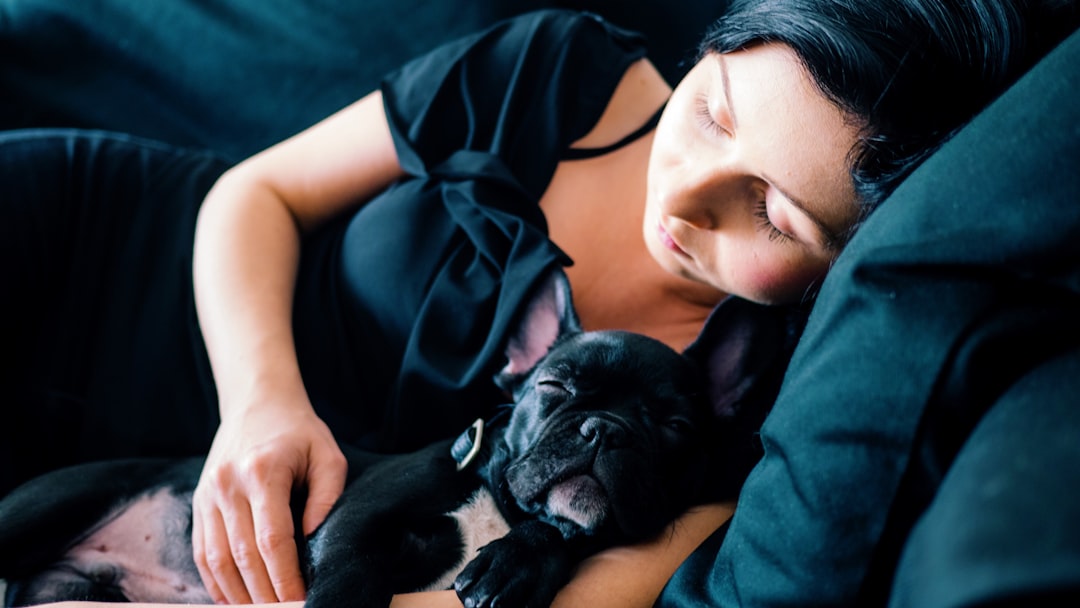If you’ve just caught your furry friend red-pawed with a chocolate wrapper in their mouth, don’t panic! Well, at least try not to—because when a dog ate chocolate, it’s like they just discovered a hidden treasure! But before you start questioning your pup’s taste in snacks, let’s dive into the sweet (and not-so-sweet) world of chocolate dangers for dogs. Spoiler alert: it’s not good, and your dog will definitely need some help ASAP! So, buckle up as we figure out what to do before your pooch turns from a cuddle buddy to a chocolate bandit!
Understand the Dangers of Chocolate for Dogs

Ah, chocolate—nature’s sweetest temptation! But to your furry friend, it’s more like a one-way ticket to the vet! When a dog eats chocolate, things can go from wagging tails to frantic shrieks faster than you can say “where’s the vet?”
Here’s why chocolate is a big no-no for dogs:
- Theobromine: This delightful ingredient in chocolate is like caffeine’s mischievous cousin. Dogs metabolize it slowly, leading to potential chaos.
- Types of Chocolate: Not all chocolates are equal in the eyes of your dog. Here’s a quick comparison:
| Type of Chocolate | Theobromine Level | Danger to Dogs |
|---|---|---|
| Dark Chocolate | High | Dangerously delicious |
| Milk Chocolate | Medium | Still risky but not as deadly |
| White Chocolate | Low | Not ideal, but not a nightmare |
In short, even a nibble can send your pooch spiraling. So, if your dog ate chocolate, keep those chocolate bars hidden, and maybe invest in a dog-safe fridge. Your furry buddy will thank you later!
Identify the Symptoms of Chocolate Poisoning

So, your dog ate chocolate, and now you’re semi-paralyzed with panic. Fear not! Identifying symptoms can keep you one paw ahead of disaster. Here’s a handy list of chocolate poisoning symptoms to watch out for.
- Vomiting: If your dog’s tummy churns more than a washing machine, this could be a sign.
- Diarrhea: If your pup’s runny business resembles something out of a horror movie—uh-oh!
- Increased Heart Rate: Look out for that rapid-thumping heartbeat; it’s not excitement, it’s trouble!
- Restlessness or Agitation: If your fur buddy is bouncing around like a Tigger on a sugar high, there’s a reason for concern.
- Tremors or Seizures: This is definitely when you’ll want to channel your inner superhero and call for help.
In summary, if you suspect the worst and see any combination of these symptoms post-dog ate chocolate incident, your best course of action is to consult your veterinarian. Better safe (and chocolate-free) than sorry! 🐾
Assess the Amount and Type of Chocolate Ingested

Oh no! Your dog ate chocolate! Now you’re on a rollercoaster of emotions, from panic to disbelief, and perhaps a dash of guilt. But before you lose your cool, let’s break down how much trouble your furry friend might be in.
Chocolate Types and Their Sneaky Levels of Danger
Here’s a handy comparison table to help you decipher the chocolate code:
| Type of Chocolate | Theobromine Level (mg) | Danger Level for Dogs |
|---|---|---|
| White Chocolate | 0 | Low |
| Milk Chocolate | 44-60 | Moderate |
| Dark Chocolate | 135-200 | High |
| Baking Chocolate | 450-900 | Extremely High |
Assessing the Situation
- Size Matters: Weigh your pup! A Great Dane will laugh at a milk chocolate bar, while a Chihuahua might think it’s a buffet.
- Amount Is Key: Note how much chocolate has vanished. One tiny square? Maybe just a puppy tummy ache. A whole bar? Time to activate emergency mode!
- Check the Ingredients: Some chocolates are a bigger no-no than others. If it’s dark or baking chocolate, your dog’s sugar rush just turned into a race against time.
While this isn’t a science class, understanding what your pooch just devoured can make all the difference when discussing with your vet. Ready, set, assess! Your dog ate chocolate—now you proceed like the responsible pet parent you are!
Contact a Veterinarian for Immediate Advice
Alright, if your dog ate chocolate, it’s time to put on your superhero cape and spring into action! 🦸♂️ Your first stop? The vet! Here’s why contacting a veterinarian is crucial:
- Time is of the essence: Chocolate doesn’t just hang around—think of it like that guest who overstays their welcome. The quicker you act, the better!
- Expert guidance: Vets know their stuff! They can assess how much chocolate your furry friend devoured and recommend what to do next.
- Avoid the panic: Don’t turn into a frantic mess! A calm voice at the other end of the line can bring clarity to a chocolate-induced crisis.
When you call, be sure to provide:
- Dog’s weight: Yes, we need to know how much muscle is packing all that charm.
- Type of chocolate: Dark, milk, or white—some are more deadly than a squirrel in your backyard!
- Time of ingestion: Because even chocolates can get stale, timing is everything!
In short, if your dog ate chocolate, don’t dial up Dr. Google—pick up the phone and reach out to your veterinarian. They’ll guide you on your path to a calm recovery!
Follow Emergency Protocols if Symptoms Develop
Oh no! So your dog ate chocolate and now you think they’re auditioning for a role in a canine drama. Here’s where the plot thickens. If your furry friend starts showing symptoms, it’s time to act like a superhero and follow these emergency protocols:
- Observe Your Dog: Look for symptoms such as:
- Vomiting
- Diarrhea
- Rapid breathing
- Hyperactivity (Your pup might believe they’ve just downed a gallon of coffee.)
- Seizures (Now we’re in action movie territory!)
- Don’t Panic: Easier said than done, but you need to stay cool while your dog chews on the idea of becoming a chocolate addict.
- Prepare for the Vet: Collect some vital info including:
- Type of chocolate (Baker’s chocolate? Yikes, that’s like giving your pooch a ticket to the bad side.)
- Amount consumed (A nibble versus a whole bar? Different scenarios, folks!)
- Follow Vet Instructions: Whether it’s pumping their stomach or making them realize choccy is not a food group, listen closely.
Remember, if your dog ate chocolate, there’s no time to dilly-dally! Your furry sidekick depends on your quick thinking! 🐕✨
Prevent Future Accidents with Safe Storage Practices
So, your dog ate chocolate—a classic canine caper! But rather than drowning in puppy eyes and regrets, let’s take steps to prevent this chocolaty disaster from happening again. Here are some slick storage strategies that will keep your sweet treats safely out of reach!
- Use Dog-Proof Containers:
- Keep chocolate in airtight, critter-proof containers. Bonus points if they’re tall enough that your pup can’t even think about trying to scale Everest to reach them!
- Elevate Those Goodies:
- Store your chocolate on high shelves. Dogs can’t fly (hopefully), so keep those goodies up, up, and away from those curious noses!
- Know Your Risks:
- Understand which items are tempting. For example:
- Chocolates: Everything from dark to white poses risks.
- Baking Supplies: Oops, there goes your chocolate chips!
- Understand which items are tempting. For example:
- Doggy Training:
- Train your pup to respect “no-no” zones. You can say “leave it” so often they’ll start to think it’s their new middle name!
By diving into these preventive measures, you’ll ensure your dog ate chocolate will become a humorous memory rather than a repeat episode.
Explore Alternatives to Chocolate Treats for Dogs
So, your dog ate chocolate—definitely not a fun surprise! But don’t fret; your furry friend can still indulge in treats that won’t put them on the vet’s naughty list. Here are some delicious and safe alternatives that’ll have your pup tail-wagging:
- Carob: This chocolate impostor is sweet, nutritious, and 100% safe for dogs. Plus, it has a taste that’s dog-approved!
- Peanut Butter: Dogs LOVE peanut butter. Just make sure it’s free of xylitol, because that would send us right back to square one.
- Pumpkin Puree: Not only a seasonal favorite, but it also aids digestion. Who knew being festive could be so beneficial?
- Sweet Potatoes: Baked or mashed, sweet potatoes are a nutritious treat that most dogs can’t resist.
- Apple Slices (with no seeds): A crunchy snack that’ll keep your pup feeling fresh and fruity!
Remember, when your dog ate chocolate, the aftermath doesn’t mean you need to spoil your pup with guilt. Instead, spoil them with something safe and scrumptious!
Monitor Your Dog’s Recovery and Follow-Up Care
So, your dog ate chocolate, huh? First of all, congratulations on joining the elite club of frantic pet owners! Now, once the chocolate panic subsides, the real work begins—monitoring your furry friend’s recovery.
Here’s what you should do:
- Keep an Eye on Fido: After a chocolate scare, watch for any strange behaviors. Is he suddenly contemplating the meaning of life? Maybe he’s just a philosopher at heart or still feeling the after-effects of cocoa confusion.
- Schedule a Follow-Up: Give your vet a ring. They might want to see how your pup is doing. Remember, you’d want to follow up on any not-so-chocolatey consequences.
- Track Symptoms: Write down any symptoms that develop. Did he eat less? Bark more? Send you longing looks like he’s judging your life choices again? Note it all!
- Treat Your Dog Like Royalty: After the stress of the chocolate debacle, spoil your pooch with extra cuddles and treats—just not chocolate, please!
By being vigilant, you’ll help ensure that your beloved marzipan monster recovers without a hitch! Keeping a watchful eye is key to avoiding any new drama of “dog ate chocolate” headlines in your life.
Frequently Asked Questions
What should I do if my dog ate chocolate?
First of all, don’t panic! I know your heart is racing faster than a squirrel on caffeine, but try to remain calm. Immediately assess how much chocolate your furry friend has devoured. Then, call your vet or an animal poison control hotline faster than a dog racing for a treat! They will give you specific advice based on your dog’s weight, the type of chocolate, and how much they’ve consumed. You may need to induce vomiting, but only if your vet gives you the green light! Remember, not all heroes wear capes, but the vet won’t let you down.
What types of chocolate are the most dangerous for dogs?
Ah, the darker the chocolate, the more desperate the situation! Dark chocolate, baker’s chocolate, and cocoa powder contain theobromine and caffeine, which are the real culprits behind the ‘dog vs. chocolate’ drama. White chocolate, on the other hand, is less of a villain, but don’t start feeding your pup chocolate fondue just yet—it’s not a health food! If you want to keep your doggie on the safe side, treat them to a nice bone instead—no chocolate necessary!
How can I tell if my dog is experiencing chocolate poisoning?
Keep your eyes peeled! Symptoms of chocolate poisoning can sneak up on your pup faster than they can sniff out a slice of pizza. Look for things like vomiting, diarrhea, rapid breathing, increased heart rate, restlessness, or even seizures. If your dog suddenly thinks they’re a racing car, it’s time to call the vet. Remember, chocolate may be a sweet treat for us, but it’s a no-no for our four-legged friends!
Will my dog be okay after eating chocolate?
Well, it depends! If you act as swiftly as a cheetah on roller skates and reach out to your vet, there’s a good chance your furry friend will bounce back like a rubber ball. The key is to know the type and amount of chocolate they consumed and to get assistance right away. In many cases, with quick action, your pooch will be back to chewing on their favorite squeaky toy in no time, completely unfazed by their brief encounter with forbidden treats!



